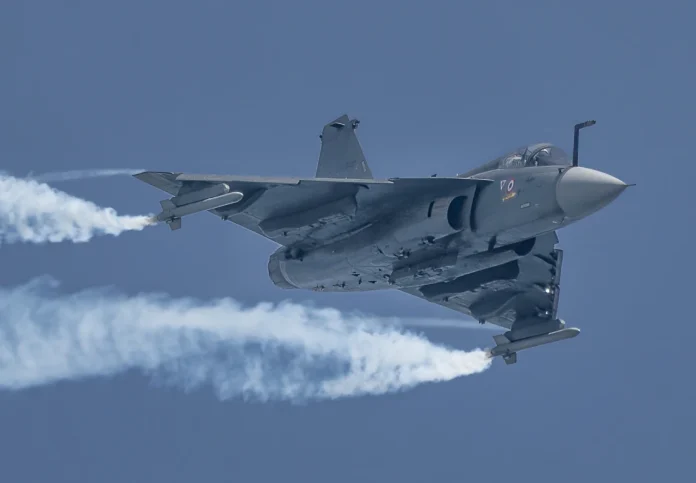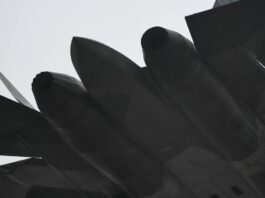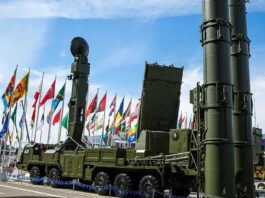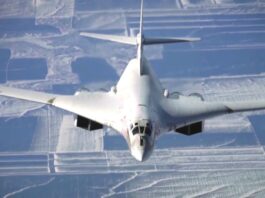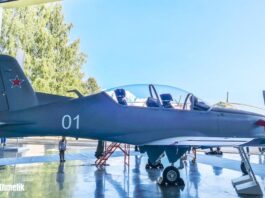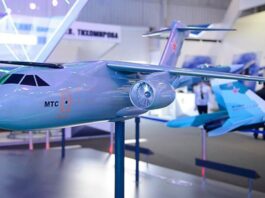The Korean media claims that the Malaysian Air Force has ‘virtually’ confirmed that the FA-50 block 20 had been selected for the tender for 18 jets as part of the Lead In Trainer-Light Combat Aircraft or FLIT-LCA program.
Korean media SBS News, on September 13, quotes a Korean Aerospace Industries official saying, “The negotiation for export of 18 FA-50s worth 1 trillion won to Malaysia is also imminent.”
SBS further writes that the combined export volume of FA-50s to Poland and Malaysia exceeds the total FA-50 exports in the past, including the T-50 training aircraft of the same type. KAI has inked the sale for 48 FA-50 from Poland.
The news source further states that KAI is working on installing the state-of-the-art AESA radar developed for the Korean supersonic fighter KF-21 on the FA-50 and strengthening air-to-air armament.
The Malaysian Air Force did not corroborate the KAI official claim, and Indian officials have termed it speculative.
A similar claim was made in July this year when a Singapore based news outlet ‘Global Business Press’ citing sources, wrote that General Asghar Khan Goriman Khan, commander of the RMAF, had “evinced” a preference for the “cheap and efficient supersonic advanced light attack platform” over competing aircraft. It further said that the contract is anticipated to be finalized if the present administration wins the next elections. Malaysia is anticipated to conduct early general elections before the current Parliament’s term expires in July 2023. However, the Defense Acquisition Program Administration (DAPA) of Korea denied the news.
Malaysian FLIT-LCA tender
Malaysia has issued an RFP for 18 jets as part of the FLIT-LCA (Lead In Trainer-Light Combat Aircraft) programme. In accordance with the Royal Malaysian Air Force’s (RMAF) Capability Development 2055 policy, Malaysia’s FLIT project intends to acquire 18 light combat aircraft now and another 18 jets in 2025.
The FA-50 from Korea Aerospace Industries, the Sino-Pakistani JF-17 from Pakistan Aeronautical Complex and Chengdu Aircraft Corporation, the Italian M-346 from Leonardo, the Indian Tejas Mk 1 from Hindustan Aeronautics Limited (HAL), and the Russian Yak-130 are potential rivals.
The issues with the KAI offer
About four months ago, Korea and KAI agreed to receive up to 50% of the payment in palm oil and related products if selected for the light fighter tender. Before that, Korea was reluctant to the idea but had to relent as the other competitors, India, Pakistan / China, and Russia, had agreed to the Malaysian condition. Three of these countries are already importing palm oil from Malaysia. In other words, the FA-50 was a model that was likely to be eliminated because it did not accept the option to pay for palm oil.
Also, there was concern in Malaysia that some aircraft companies, especially Western-made aircraft companies, would not participate if the palm oil payment option was offered as a bid condition.
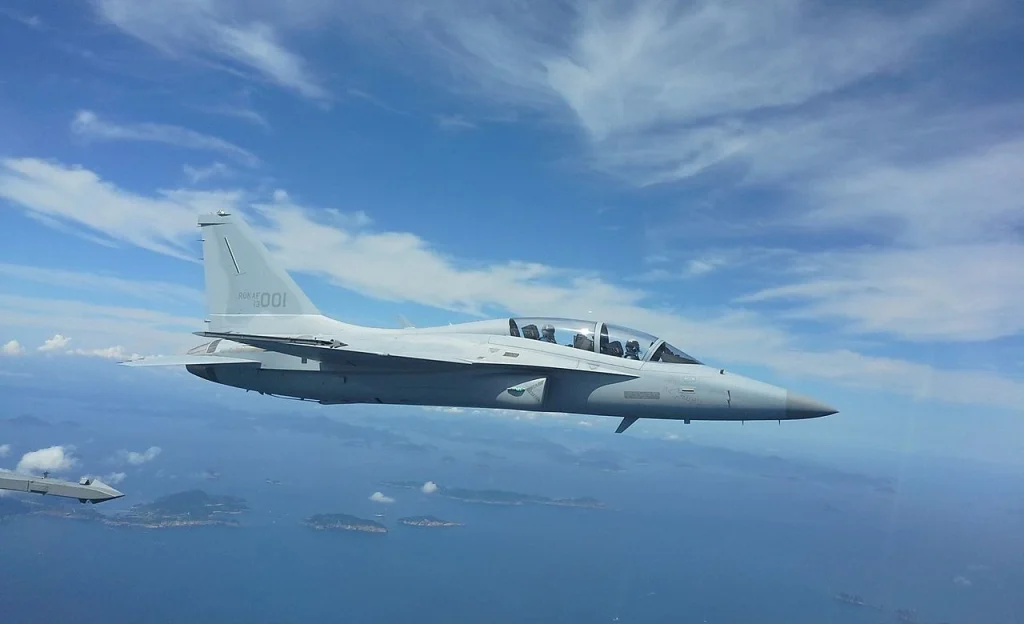
Another issue is that FA-50 does not yet have a dedicated 300 gallon conformal tank. The receptive conformal tank and aerial refuelling device are not yet available on the FA-50. However, an aerial refuelling flying boom developed for the T-50A, an older variant of FA-50, has completed its flight test. It is not known if airworthiness certification or penetrating certification has been completed.
As mentioned above, the FA-50 is yet to be integrated with an AESA and a Beyond Visual Range missile.
The Indian LCA Tejas does not have the above problems, but it is known that Malaysia has objection to the Israeli AESA radar system installed in the aircraft. However, HAL is already working on integrating the Indian Uttam AESA radar on the Tejas. In addition, Tejas is the only aircraft in the world which has been tested with weapon systems from India, Russia, the United States, France and Israel. Logically, HAL could deliver the full configuration aircraft to Malaysia faster than KAI.
KAI and HAL have agreed to build the final assembly lines in Malaysia. Here too, HAL has an advantage over KAI because it can service Malaysian Air Forces SU-30 aircraft of Russian origin. The Indian Air Force has already trained the Malaysian Air Force pilots for operating the SU-30 aircraft and conduct regular drills with RMAF. Since IAF operates LCA Tejas, it will be a continuation of these practices.
HAL’s proposal to Malaysia
In October 2021, HAL submitted their proposal to the Malaysian Ministry of Defense (MINDEF). HAL believes that the two-seat Tejas LIFT (Lead in Fighter Trainer) model had a strong chance of winning the competition since it met all of the RMAF’s specifications.
On August 18, HAL signed a memorandum of intent to open a Kuala Lumpur office. The KL office will be responsible for promoting HAL’s assortment of products and services across South East Asia.
